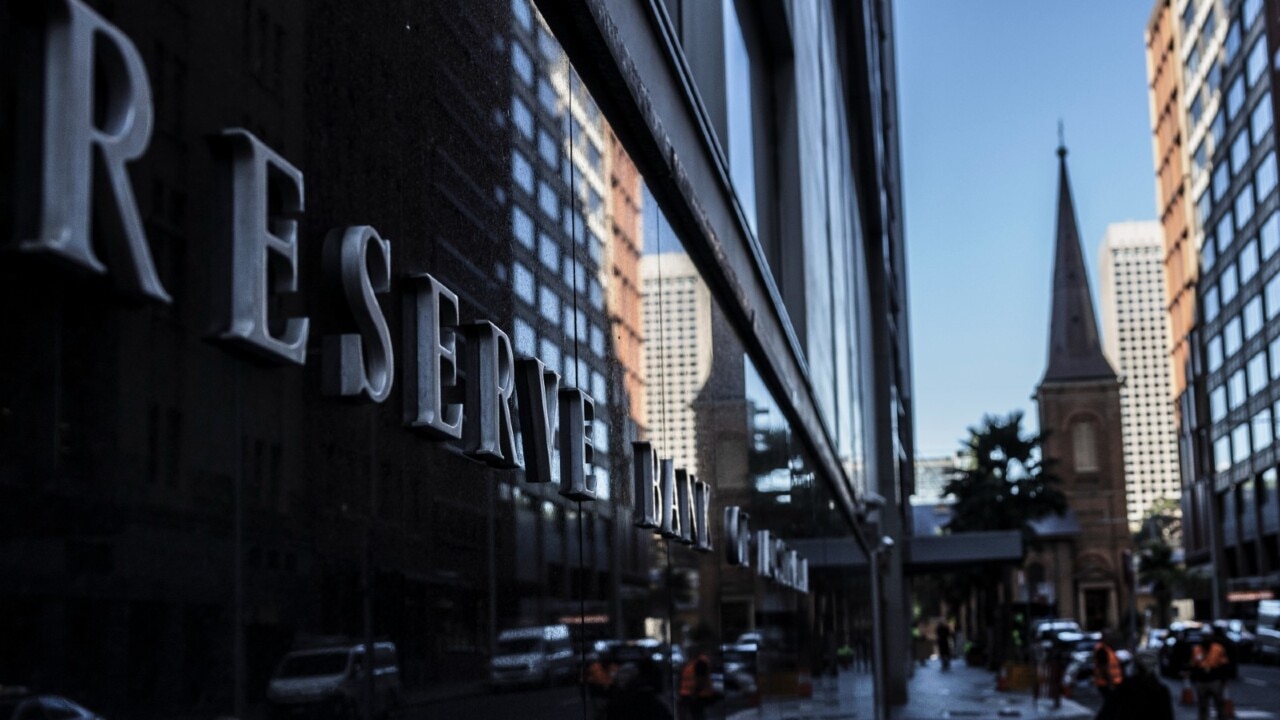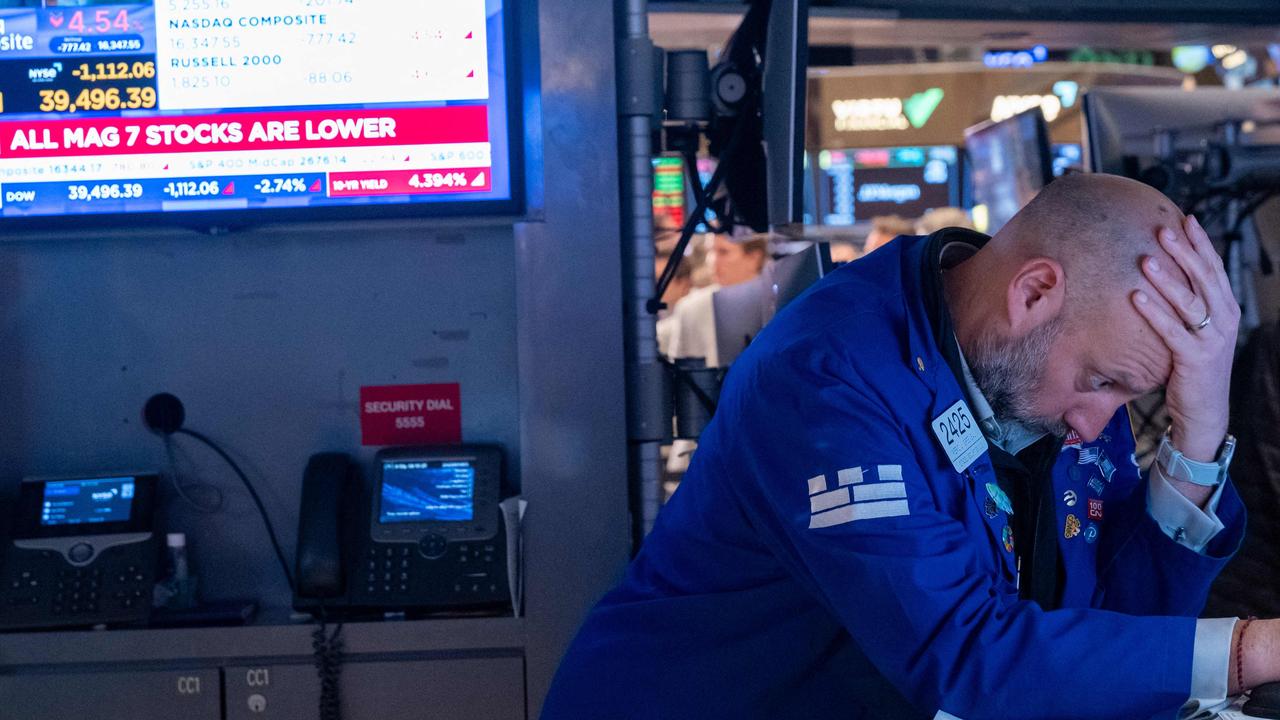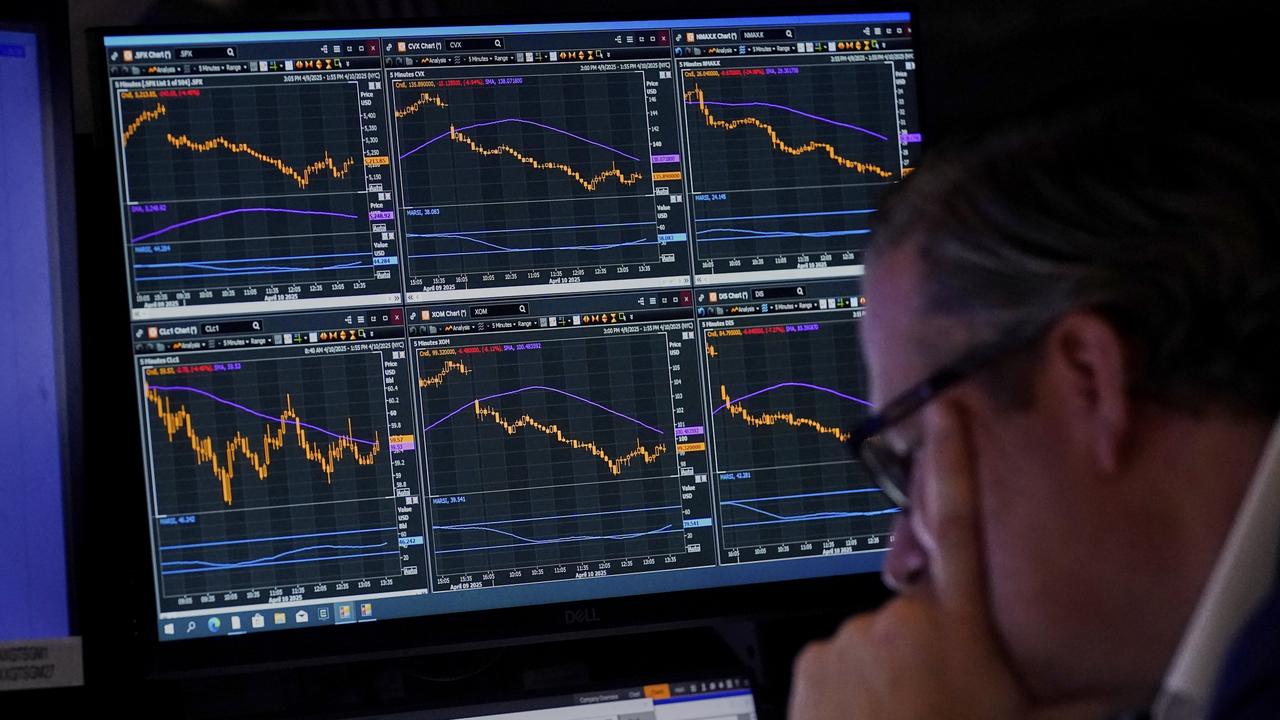
However, history suggests, barring a crisis, inflation is too high to contemplate rate cuts.
A shock 65,100 fall in seasonally-adjusted jobs last month “reflected changes in the timing of employment growth in the last few months of 2023, compared with earlier years”, according to the ABS.
The unemployment rate stayed at 3.9 per cent as the participation rate also dived.
Jobs growth did slow to 17,200 a month in the December quarter versus 24,100 in the September quarter, whereas jobs growth of 32,000 a month is needed to stop the unemployment rate rising.
Commonwealth Bank’s head of Australian economics Gareth Aird thinks the jobless rate will gradually rise to 4.5 per cent by year-end, and RBA rate cuts are needed to stop it from rising much above that point.
Consistent with market pricing, Mr Aird expects the RBA to start cutting rates in September.
Capital Economics sees earlier rate hikes as the unemployment rate overshot the central bank’s forecast of 3.8 per cent, and job vacancies are consistent with the unemployment rate rising to around 4.2 per cent in the March quarter, rather than the December quarter as the RBA most recently forecast.
“The upshot is that we’re sticking with our view that the RBA will start to loosen policy by May,” said Capital Economics ANZ economist Abhijit Surya.
But the ABS said with the unemployment and underemployment rates still relatively low and the participation rate and employment-to-population ratio still relatively high, the labour market “remains tight”.
NAB scrapped its call for a final rate hike in February this week.
But some economists are holding out for a final hike to 4.6 per cent from 4.35 per cent.
Citi still expects a February rate hike as the jobless rate remains below the non-accelerating inflation rate of unemployment or NAIRU, pegged at about 4.5 per cent, but “the bar is high and it largely depends on the inflation data on 31 January,” said senior economist Faraz Syed.
A TD Securities analysis of the RBA’s past rate cutting cycles in its inflation-targeting era of the past three decades found, apart from during the global financial crisis, the earliest the RBA started cutting rates after its last hike was six months and the latest was 20 months.
This would suggest the earliest the RBA would normally consider cutting rates would be May.
But that’s “highly unlikely”, according to TD’s senior APAC rates strategist, Prashant Newnaha.

“Aside from times of crisis, the RBA’s first cut has always coincided with actual year-on-year underlying inflation printing 3 per cent or below, and its projections for underlying inflation to be 3 per cent or below across its forecast horizon,” he said.
The RBA’s agreement to set policy “such that inflation is expected to return to the midpoint of the target” as per the revised Statement on the Conduct of Monetary Policy in December should only make it more conservative when it comes to the start of rate cuts than it has been in the past.
While expecting the RBA to lower its underlying inflation forecasts in its February Statement on Monetary Policy, he doesn’t think the magnitude will be enough to make rate cuts imminent.
“Rather, they are likely to signal an on-hold-for-longer monetary policy stance,” he said.
Easing price pressures in November CPI data last week suggest quarterly inflation will undershoot the RBA’s November forecasts of 4.5 per cent year-on-year for both headline and underlying inflation.
But Mr Newnaha doubts the RBA will soon be convinced underlying inflation will hit the target this year and stay there in 2025, particularly with tax cuts starting in July, possible cost-of-living relief before the May 2024 federal budget and no sustained improvements in productivity as yet.
Apart from the Global Financial Crisis of 2008, the RBA waited until underlying inflation was 3 per cent or below, the “real” inflation-adjusted policy rate was above 2 per cent, and it had the confidence to forecast underlying inflation at or below 3 per cent across its forecast horizon.
In November, the RBA predicted underlying inflation wouldn’t hit 3 per cent until mid-2025.
Following the downside surprise in monthly inflation prints, Mr Newnaha says it’s highly likely the central bank brings forward its projection for hitting 3 per cent underlying inflation by six months to December 2024.
He says it’s also possible this is brought forward to sometime in the September quarter of 2024.
“If so, the earliest the RBA could cut is around November 2024,” Mr Newnaha added.
“This poses a challenge to our call for the RBA to begin cutting at its August meeting.
“The forecasts the central bank will present next month are likely to endorse an on-hold-for-longer policy stance rather than entertaining the possibility of earlier rate cuts.”





Australia’s cooling jobs market supports expectations the Reserve Bank won’t need to hike again unless quarterly inflation data at the end of the month rises more than expected.